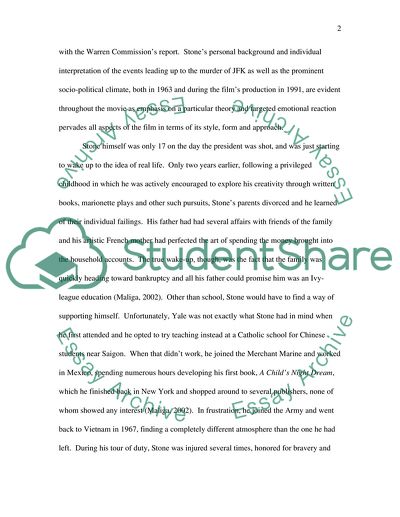Cite this document
(The Absent Center of Oliver Stones JFK Book Report/Review - 1, n.d.)
The Absent Center of Oliver Stones JFK Book Report/Review - 1. Retrieved from https://studentshare.org/history/1703033-sociology
The Absent Center of Oliver Stones JFK Book Report/Review - 1. Retrieved from https://studentshare.org/history/1703033-sociology
(The Absent Center of Oliver Stones JFK Book Report/Review - 1)
The Absent Center of Oliver Stones JFK Book Report/Review - 1. https://studentshare.org/history/1703033-sociology.
The Absent Center of Oliver Stones JFK Book Report/Review - 1. https://studentshare.org/history/1703033-sociology.
“The Absent Center of Oliver Stones JFK Book Report/Review - 1”, n.d. https://studentshare.org/history/1703033-sociology.


